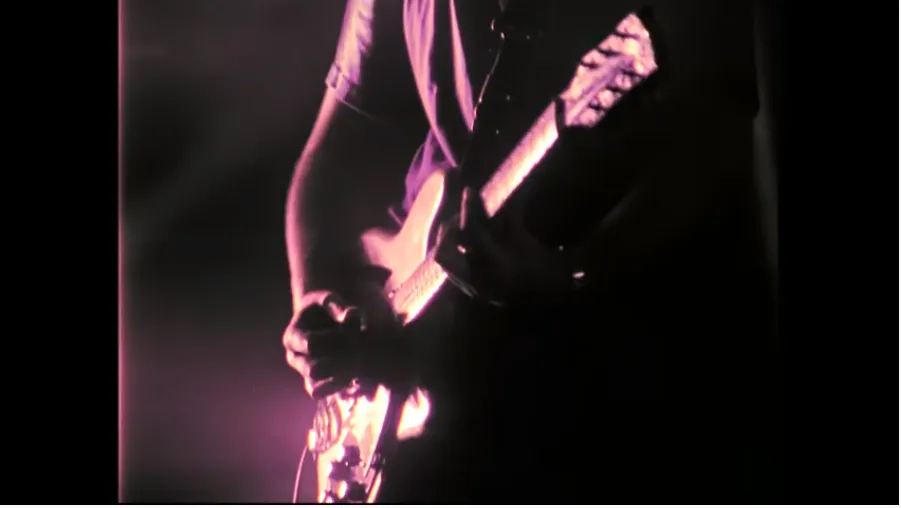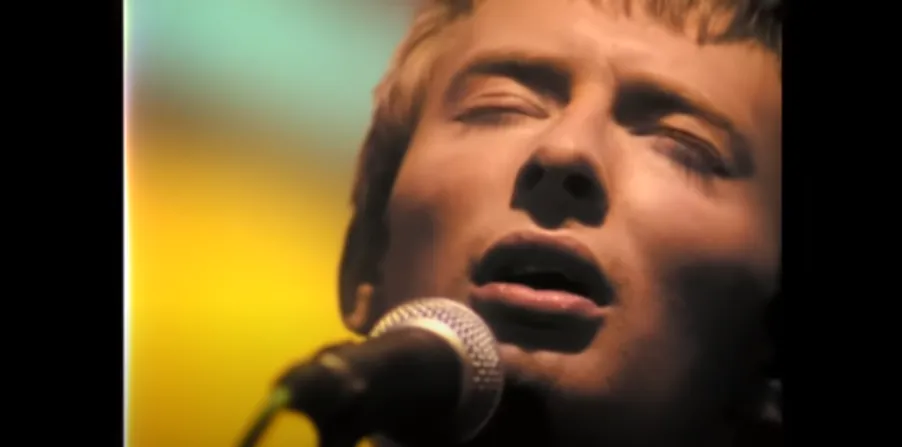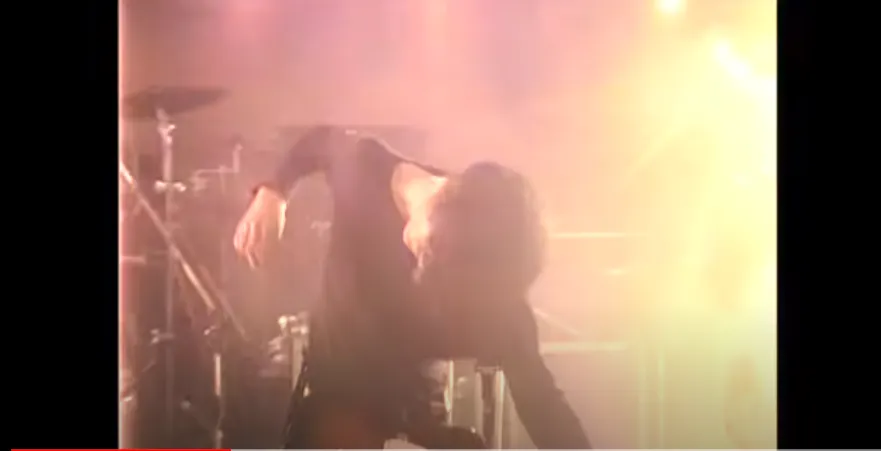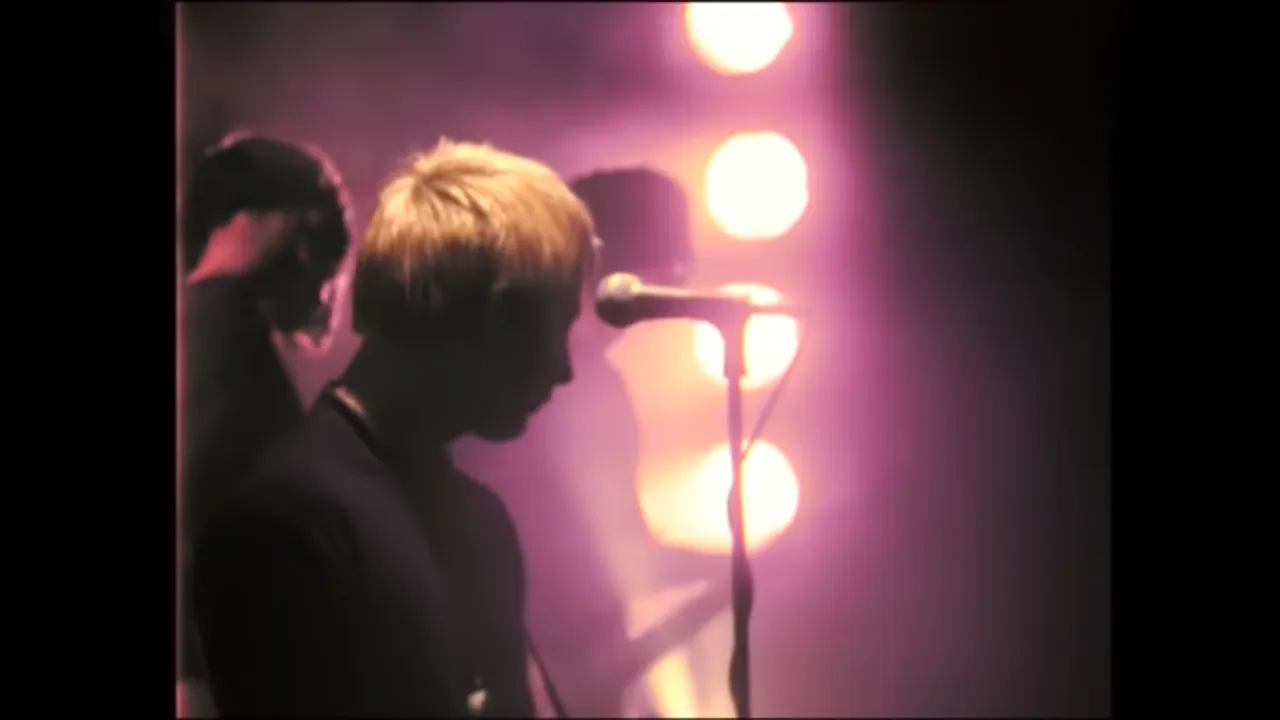
ESPAÑOL
La verdad es que esta es una de las canciones más curiosas que he escuchado en mi vida.
Por un lado, la primera vez que supe de ella no había entendido del todo de qué iba. Luego, cuando empecé a investigar, descubrí un montón de cosas interesantes. Como el hecho de que fue el primer (y tal vez más grande) éxito de Radiohead, que a lo largo de su carrera la banda (especialmente Thom Yorke) sentían cierto desprecio por ella o como el lío que tuvieron con Albert Hammond y Mike Hazlewood (The Hollies) por los derechos intelectuales.
En todo caso, no es de eso de lo que vengo a hablarles. Sino de porqué me gusta esta canción. Y aunque nadie me lo preguntó, aún así se los voy a comentar jaja
ENGLISH
The truth is that this is one of the most curious songs that I have heard in my life.
On the one hand, the first time I heard from it I hadn't quite understood what it was about. Then when I started researching, I discovered a lot of interesting things. Like the fact that it was the first (and perhaps biggest) success of Radiohead, that throughout its career the band (especially Thom Yorke) felt a certain contempt for it or like the affair they had with Albert Hammond and Mike Hazlewood (The Hollies) for intellectual rights.
In any case, that is not what I am here to talk about. But why I like this song. And although no one asked me, I'm still going to tell you haha

LOS ACORDES
Es simple, una serie de cuatro acordes que se repiten durante toda la canción. Esto en la música se le suele describir como un "ostinato"". Según el vocalista de Radiohead, Thom Yorke, la canción se trata sobre un hombre ebrio enamorado de una chica a la que no puede tener. De modo que podemos entender esta estructura como la irrenunciable obsesión que hunde a nuestro protagonista en la más profunda depresión.
Del mismo modo, los acordes en sí tienen un par de detalles que permiten evocar estos sentimientos. Por ejemplo, su estructura es la siguiente:
CHORDS
It's simple, a series of four chords that repeat throughout the song. This in music is often described as an "ostinato." According to Radiohead frontman Thom Yorke, the song is about a drunken man in love with a girl he can't have. So we can understand this structure like the inalienable obsession that plunges our protagonist into the deepest depression.
In the same way, the chords themselves have a couple of details that allow to evoke these feelings. For example, its structure is as follows:
| G | B | C | Cm |
|---|---|---|---|
| I | V5/vi | IV | iv |
Puede que muchos no entiendan de que va el asunto. Pero les explico.
Esos son los acordes de la canción.
Ahora, cada tonalidad posee una cierta cantidad de acordes que le son "naturales", es decir, son comunes en su estructura. En esta canción, hay dos acordes que no pertenecen a esta tonalidad. B (Si mayor) y Cm (Do menor). Por lo que es curioso, considerando, por ejemplo que los versos "I'm a weirdo" (Soy raro) y "I'm no belong here" (no pertenezco aquí) coinciden con ambos acordes.
También es necesario que sepan que los acordes están compuestos por un grupo de notas. En este orden de acordes, varias de sus notas se suceden formando lo que en la música se conoce como una escala cromática descendente (G - F# - E - Eb), la que es usada para representar un movimiento de mayor a menor, un descenso o en este caso, depresión.
Para terminar con esta parte me gustaría mencionar que en la música se suelen describir dos tipos de acordes que usualmente tienen un sentido opuesto. Los acordes mayores (felicidad) y los acordes menores (tristeza). En Creep, si bien los primeros tres de sus cuatro acordes son mayores, el último de ellos, que es el que tiene la función resolutiva de la canción, es menor. Pudiendo significar la frustración del enamorado al reconocerse inferior y completamente incapaz de alcanzar a su amor.
Many may not understand what the matter is about. But I explain.
Those are the chords of the song.
Now, each key has a certain amount of chords that are "natural" to it, that is, they are common in their structure. In this song, there are two chords that do not belong to this key. B (B major) and Cm (C minor). So it's curious, considering, for example, that the verses "I'm a weirdo" and "I'm no belong here" coincide with both chords.
You also need to know that chords are made up of a group of notes. In this order of chords, several of its notes follow each other forming what in music is known as a descending chromatic scale (G - F# - E - Eb), which is used to represent a movement from major to minor, a descent or in this case, depression.
To finish with this part I would like to mention that in music two types of chords are usually described in an opposite meaning. The major chords (happiness) and the minor chords (sadness). In Creep, although the first three of its four chords are major, the last of them, which is the one that has the resolving function of the song, is minor. This could mean the frustration of the lover when he recognized himself as inferior and completely incapable of reaching her love.

LA LETRA
Esto último también tiene su análogo en la letra de la canción. Es una historia sin final feliz y lleno de resignación. Veamos...
La formula para esta canción (y para muchísimas más) es la siguiente:
LYRICS
The latter also has its analogue in the lyrics of the song. It is a story without a happy ending and full of resignation. Let's see...
The formula for this song (and for many more) is the following:
| CREEP STRUCTURE | |
|---|---|
| VERSE 1 (VERSO1) | CHORUS (CORO) |
| VERSE 2 (VERSO 2) | CHORUS (CORO) |
| BRIDGE (PUENTE) | |
| VERSE 3 (VERSO 3) | CHORUS (CORO) |

En el verso 1, entra la enamorada. Aquí se describe la conmovedora belleza que ha cautivado a nuestro protagonista y lo ha llevado a este vórtice de amor y desesperación.
Pero es inmediatamente interrumpido por el coro.
Todos conocemos de qué va. El protagonista se desprecia a sí mismo, considerándose inferior y poco apto para merecer aquello que tanto anhela.
Pero luego, en el segundo verso, comienza a desear ser más de lo que es, o ser menos de lo que no le gusta ser. Todo porque aquella alma que conquistó su corazón le inspira a ser algo mejor.
Lamentablemente, vuelve al coro, con toda la carga de sentimientos perniciosos que lo embullen y le impiden ser más optimista.
Toda esta lucha interna entre sus deseos y sus miedos le han arrebatado sin darse cuenta la oportunidad de poder hacer algo y descubre con gran pesar, como ella se va. Aquí entramos en el puente.
Por último, el tercer verso, es una despedida. Un adíos al amor que fugazmente le hizo querer ser mejor y de la pena perpetua que le recriminará siempre el no sentirse suficiente.
In verse 1, the girl enters. Here it's describe the poignant beauty that has captivated our protagonist and led him into this vortex of love and despair.
But he is immediately interrupted by the chorus.
We all know what it is about. The protagonist despises himself, considering himself inferior and unfit to deserve what he longs for.
But then, in the second verse, he starts to want to be more than he is, or to be less than he doesn't like to be. All because that soul that conquered his heart inspires him to be something better.
Unfortunately, he returns to the choir, with all the load of pernicious feelings that incite him and prevent him from being more optimistic.
All this internal struggle between his desires and his fears have inadvertently taken away the opportunity to be able to do something and he discovers with great regret how she leaves. Here we enter the bridge.
Finally, the third verse is a farewell. A goodbye to the love that briefly made him want to be better and the perpetual pain that will always reproach him for not feeling enough.

LA INTERPRETACIÓN
Los componentes musicales y poéticos ya hacen de esta una gran canción. Pero lo que la ha hecho una obra maestra, al menos como yo lo veo, ha sido el carácter desganado y melancólico de Thom Yorke al cantar (casi como ebrio), los golpes de la guitarra previos al coro de Jonny Greenwood (simulando como algo a punto de romperse) y la explosión del coro, creando un extraordinario contraste de rabia y frustración contenida. Que por supuesto, termina por exteriorizarse en el puente, dejando a nuestro protagonista desesperanzado y resuelto a dejarla ir en el último verso.
PERFORMANCE
The musical and poetic components already make this a great song. But what has made it a masterpiece, at least as I see it, has been Thom Yorke's listless and melancholic character in singing (almost drunkenly), Jonny Greenwood's the guitar hits prior to chorus (pretending like something about to break) and the explosion of the chorus, creating an extraordinary contrast of rage and suppressed frustration. Which of course, ends up externalizing on the bridge, leaving our protagonist hopeless and determined to let her go in the last verse.

Sinceramente les recomiendo escuchar esta canción(o reescucharla) teniendo en cuenta estos detalles. Y espero que la disfruten tanto como yo.
Gracias por leer, un abrazo a todos.
Nos leemos por ahí.
I sincerely recommend listening to this song (or listening to it again) keeping these details in mind. And I hope you enjoy it as much as I do.
Thanks for reading, a hug to all.
Let's read each other soon.
ChenteBass
SOURCES
All the images are from the official musical video of Radiohead
